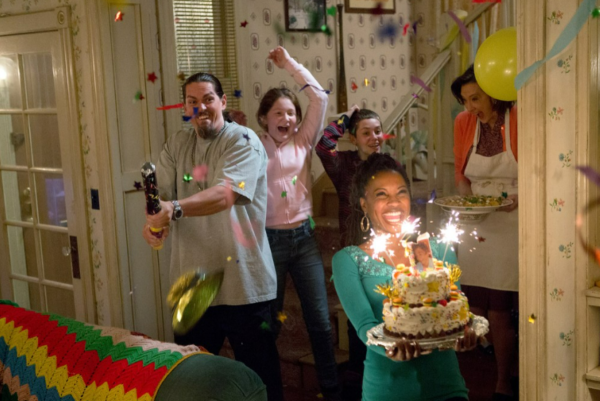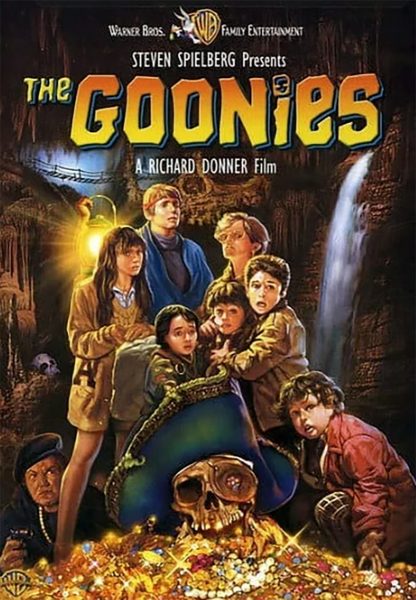Here’s a tip
Most people have their own philosophy about tipping at restaurants and bars. Some tip 15 percent no matter what. Some double the tax of the bill. Some take into consideration the quality of the food and some consider the hospitality.
The only reality that doesn’t change is with a federal minimum wage of $2.13 an hour before gratuities, a restaurant worker struggles to get by.
Simple economics come into play when pricing a restaurant menu — preparation, transportation, storage and running costs. The same economics apply to the public, but many customers don’t realize it outside their own kitchen.
No, a steak doesn’t cost $20 when you buy it yourself at the grocery store. However, that steak needs to be cooked, then you have to buy sides to compliment it, cook those, clean all the dishes, pay for the gasoline required to get those items and pay the gas, water and electricity involved in making it at home. Now throw a few dollars in the garbage to cover the scraps you couldn’t finish. That $10 steak at the grocery store just became a $20 meal, or maybe more.
Restaurants rely on that $10 upcharge to cover their costs, services and losses the public just expects to come free with their meal, along with servers grabbing you more water, extra napkins and a bad suck-up joke here and there.
I tend bar at a restaurant in Eau Claire and I split all my tips evenly with another bartender. After my tips are cut in half, Visa and Mastercard get a chunk of my tips to cover the interchange fee. This leaves a measly portion I often throw in my gas tank to get home, or grab a beer to numb the slap in the face that was my shift (then hopelessly slam a dollar on the table for a tip).
My tips vary each night depending on the day of the week and other factors going on in the community, but I get $6 an hour taken out for taxes on tips regardless. Let me tell you, there aren’t enough drinkers from 4 to 9 p.m. on a Wednesday in Eau Claire to shovel out $30 in tips.
A new problem arises — servers are being taxed on tips they don’t even make because restaurant owners assume they make a consistent amount each shift. This means a server in my situation making the federal minimum, during a five-hour shift, needs to earn $19.35 in tips before they make any money.
Christopher Elliott wrote an article in October for USA Today, suggesting people should tip 25 percent. He said almost four in 10 restaurant workers earn at or below the federal minimum wage, even after factoring in tips. He also said because servers experience almost three times the poverty rate of the workforce, many rely on food stamps.
As for solutions, I can’t find many. Effective in 2016, a cashier at Mcdonald’s will make $10 an hour in California after legislation was approved to raise the state minimum wage. Wait staff in restaurants do far more than typing orders into a computer.
Restaurant owners are forcing their servers into poverty and seem to be fine with it. Countries with a minimum wage of $2.13 or less include Mexico, Afghanistan and India to put that in perspective.
Poor tips will always be a problem due to changes in society and personal philosophies. Servers need to be making the minimum wage the rest of Americans earn ($7.25 an hour). That way a tip will actually reflect the hospitality and hard work they put forth.










